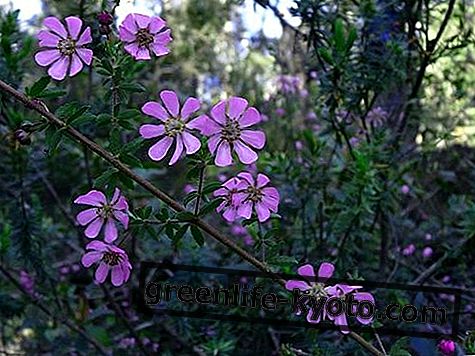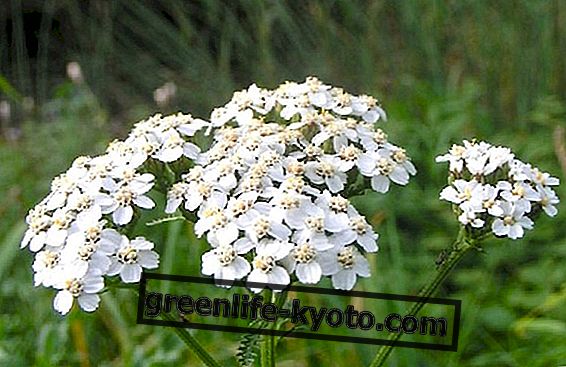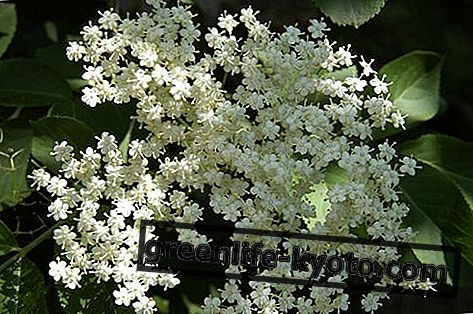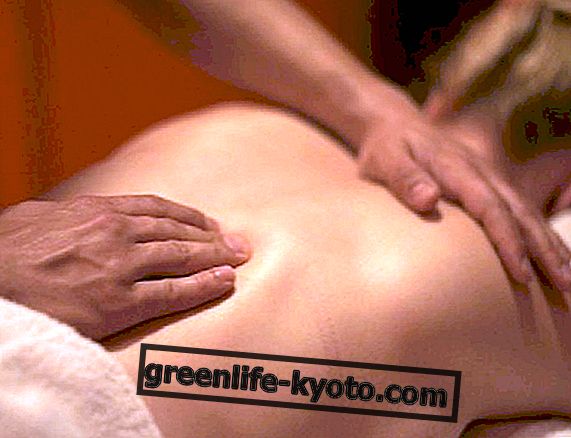Yoga Nidra is a useful practice for deep relaxation, management of emotional situations, and against stress . Let's find out better.
>

Meaning of Yoga Nidra
Literally Yoga nidra means sleep yoga. It is a path of its own, but in reality any well-orchestrated Shavasana leads to a deep relaxation that becomes exploration and an opportunity for union.
Origins and philosophy of Yoga Nidra
This technique was used by yogis, once they acquired the physical and mental benefits, to arrive at meditation and Samadhi, the conscious union of man with Brahman, the Absolute.
The Vedas, ancient texts of the Indus-Sarasvati civilization, are a collection of hymns that praises a high power that included the most ancient teachings recorded in yoga. The intelligence of the Vedas describes rituals and ceremonies that Yoga practitioners needed to go beyond the limits of the mind .
Practice
Yoga nidra is a method that derives from tantra yoga and has been performed by yogis for millennia to "enter and look internally" in order to find the harmony of body, mind and spirit, with advanced practices to move towards a deep knowledge of our authentic ego.
Much attention is paid to the various parts of the body while relaxing.
The perception of the various parts is orchestrated by the yoga teacher nidra with the desire to create a lucid calm and a state of deep relaxation. Nervousness, irritability are resolved, colitis is cured, irritable bowel syndrome, it is useful against menstrual disorders, dizziness, hypertension.
Yoga nidra helps you fight back pain: find out how

The benefits of Yoga Nidra
Penetrating the subconscious mind relaxes mental tensions. If the mind is tense, so are the internal organs. For this reason, it is essential to release it. Muscle tensions are also removed and work is carried out on alterations in the endocrine system and the nervous system.
In the practice of Yoga Nidra, consciousness works at deeper levels of being and this type of relaxation is equivalent to three to four hours of sleep. Many benefits are also drawn from the management of the emotional structure .
Masters and schools
At the deepest levels of Yoga Nidra it is possible to "travel" consciously beyond the limits of one's body and mind, up to perceiving one's self and the Absolute.
This technique was developed by Swami Satyananda Saraswati in Rishikesh. He was a pupil of Swami Shivananda and was in charge of supervising the children in a school where they were taught the recitation of the Vedas.
Curiosities about Yoga Nidra
We give you the definition of Yoga Nidra that Satyananda gives :
" Yoga nidra means sleep after getting rid of the worries. When awareness is separated and distinct from vritti, when waking, dreaming and deep sleep flow like clouds, but yet the awareness of atma remains, this is the experience of total relaxation. Relaxation does not mean sleep, relaxation means being blissfully happy without end. I call bliss absolute relaxation, sleep is a different matter. Sleep only gives relaxation to the mind and the senses, bliss relaxes the atma, the inner self, so in Tantra, Yoga Nidra is the threshold of Samadhi. "













